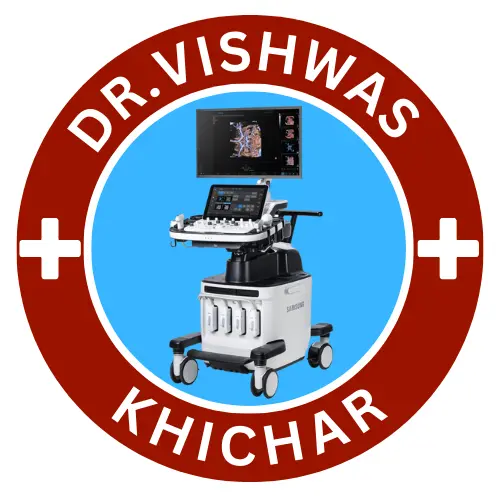Carotid Doppler

The carotid Doppler test, or carotid ultrasound, is a non-invasive test that uses sound waves to detect narrowing of your arteries or potential blockages caused by plaque. It helps your healthcare provider determine if you are at risk of having a stroke and if you need treatment to prevent it.
What Does a Carotid Doppler Look For?
You have two large carotid arteries in your neck that supply blood to the brain. A Doppler, or ultrasound, uses sound wave imaging technology to monitor these arteries.
How to Prepare for the Test
Wear something loose and comfortable that does not cover your neck. Avoid necklaces and/or earrings; your healthcare provider will likely ask you to remove them.

Your healthcare provider should explain the proper protocol to you and should be able to answer any questions you may have. There are few restrictions or instructions on preparing for a carotid Doppler test.
Before your test, you may need to:
- Sign a consent form.
- Stop smoking for at least two hours before your appointment.
- Stop drinking or eating anything containing caffeine two hours before your appointment.
What to Expect During the Test
For most people, a carotid ultrasound takes an average of 15 to 30 minutes.2 The test is done in a special room with the Doppler machine and a table for you to lie on. You can expect your healthcare provider to follow the five steps listed below, but what actually happens may vary depending on your condition, so follow their instructions.
- Remove any clothing or jewelry that blocks your neck area.
- Lay on a table with your neck bent back slightly.
- The ultrasound technician will apply a lubricating, jelly-like substance to both sides of your neck, where the carotid arteries are.
- The Doppler or ultrasound wand is moved back and forth over the neck to detect blood flow.
- You will hear a “whooshing” sound from the machine.
- After the images are captured, you will be given towels to help wipe off the lubricant. You can then get dressed and leave the testing room.
After the Test
Once the test is complete, you are free to resume normal activities with no restrictions, unless your healthcare provider recommends otherwise. The results should be available within a few days at most.
After your test, here’s what happens next:
- An ultrasound technician records the completed test on a videotape.
- A diagnostic radiologist reviews the tape to measure blood flow and determine the amount and location of any narrowing of the carotid arteries.
- The radiologist then sends a report to your physician.
- The radiologist will review the written report.
- The results of your test, along with other factors determined by your individual condition, guide further treatment recommendations.
